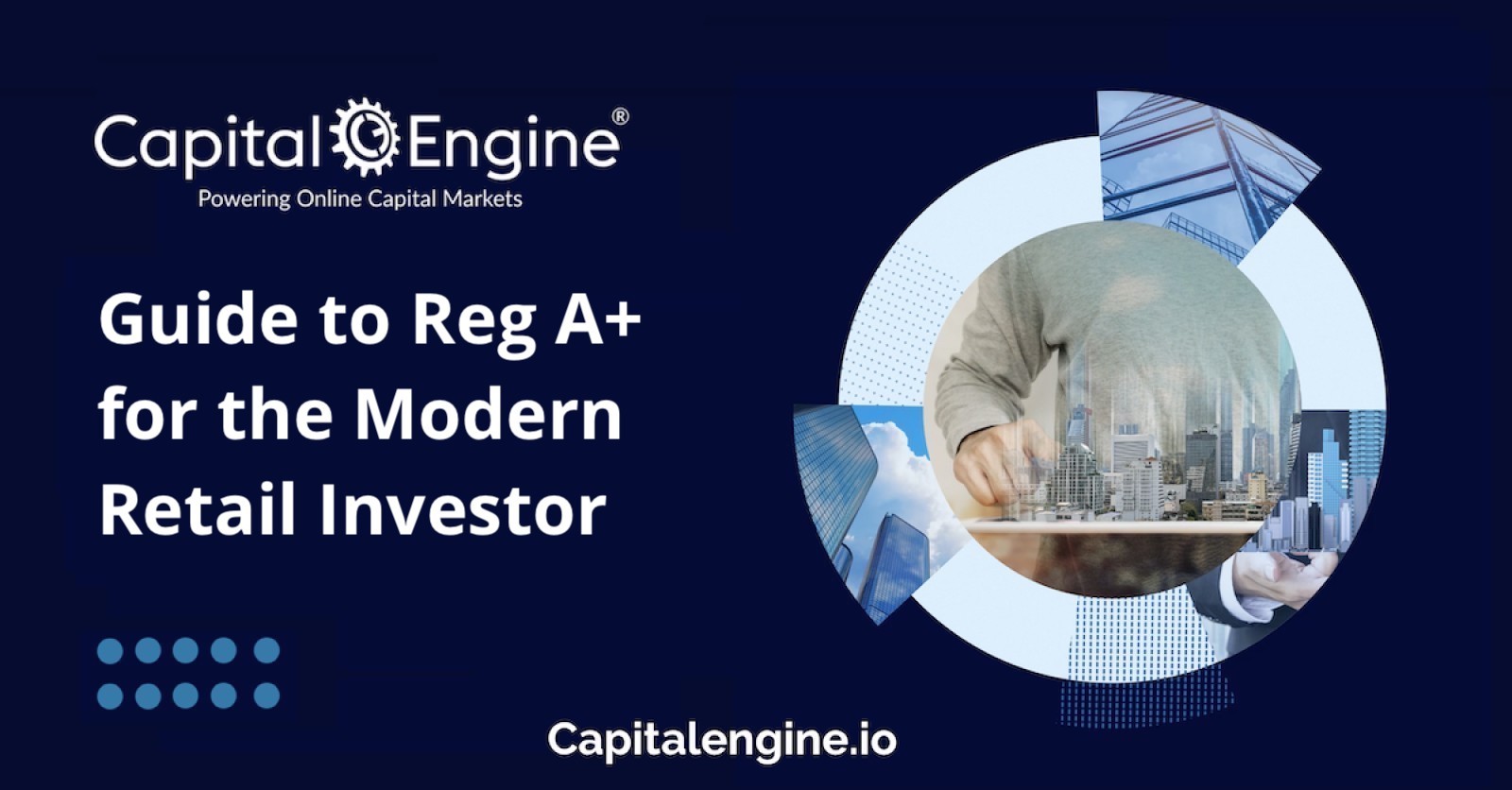
For today's investor, portfolio diversification is a cornerstone of long-term financial success. While public stocks and bonds are familiar territory, a diverse portfolio explores a wider variety of opportunities. One of the most compelling options is Regulation A+ (“Reg A”), an SEC framework that allows individuals to invest in high-growth private companies before they go public.
Reg A empowers companies to offer securities to the public without the demanding and expensive process of a traditional initial public offering (IPO). For investors, it unlocks access to a new class of assets. Here’s what you need to know about investing through Reg A.
What is Regulation A+
Regulation A+ is an SEC exemption that permits private companies to raise capital from the general public, not just accredited institutional and angel investors. This framework helps democratize the investment landscape, giving individual investors the chance to back early-stage companies they believe in and share in their potential growth.
Due to its flexible structure, Reg A is used by a wide range of businesses. It's a popular choice for technology companies funding product development, consumer brands expanding their product lines, and real estate developers seeking capital for property acquisitions. In the real estate sector, for example, many firms use Reg A to fund a real estate investment trust (REIT), where pooled investor funds are used to build a portfolio of income-producing properties.
Types of Reg A Offerings
The SEC has established two distinct tiers for Reg A offerings, each with different fundraising limits and reporting requirements. This structure gives companies flexibility while ensuring investors receive the information they need to make informed decisions.
Tier 1
Under Tier 1, a company can raise up to $20 million in a 12-month period. This requires filing a Form 1-A offering statement with the SEC, which includes the company's financial statements. While audited financials are not typically required, they may be necessary in certain cases.Tier 1 offerings must also comply with state-specific "Blue Sky" laws, which often involves registering the offering in every state where securities are sold. Following the offering, the company must file an exit report but has no ongoing annual or semi-annual reporting obligations.
Tier 2
Tier 2 allows companies to raise a substantially higher amount—up to $75 millio in a 12-month period. The process is more rigorous, requiring an SEC-qualified offering statement that includes fully audited financial statements. This process can take four to six months to complete.
However, Tier 2 offerings generally preempt state Blue Sky laws, allowing companies to raise capital more broadly. A key difference for investors is the robust ongoing reporting, which includes annual, semi-annual, and current event updates. For non-accredited investors, there is an investment limit: they can invest up to 10% of their annual income or net worth, whichever is greater.
Here is a summary of the key differences:
| Requirements | Tier 1 | Tier 2 |
| Maximum Raise (12 Months) | $20 million | $75 million |
| File Offering Statement with SEC | Yes | Yes |
| Audited Financials | Not typically required | Required |
| State Regulations | Subject to Blue Sky laws; state-by-state registration and review | Generally exempt from state registration |
| Ongoing Reporting | Exit report only | Annual, semi-annual, and current event reports |
How a Reg A Offering Works
To launch a Reg A offering, a company must first confirm its eligibility. For instance, a company must generally be based in the U.S. or Canada, not be a registered investment company, and meet the SEC's "bad actor" disqualification rules.
After choosing between Tier 1 and Tier 2, the company prepares its financial statements and drafts an offering circular within a Form 1-A filing. This document details the business, the offering's terms, risk factors, and financial data. Before any securities can be sold, the offering must be "qualified" by the SEC and receive a no-objection letter from the Financial Industry Regulatory Authority (FINRA). Once these milestones are met, the company can begin accepting investments, often through a dedicated offering page facilitated by a registered broker-dealer.
Benefits and Drawbacks for Investors
Benefits:
-
Access to Growth: Invest in early-stage companies with significant growth potential and support businesses you believe in.
-
Portfolio Diversification: Add an asset class to your portfolio that isn't directly correlated with the public stock market.
-
Potential for High Returns: If the company grows and achieves a successful exit or IPO, your investment could increase in value significantly.
-
Insider Information: Receive direct updates from company management, especially in a Tier 2 offering.
Drawbacks:
-
Higher Risk: Early-stage companies carry inherent risks, and there is no guarantee of returns.
-
Limited Disclosures: Compared to public companies, Reg A companies have fewer disclosure requirements, particularly under Tier 1.
-
Illiquidity: Shares purchased in a Reg A offering are generally illiquid. You may not be able to sell your shares until the company is acquired or conducts an IPO.
How to Invest in a Reg A Offering
It is always wise to consult a financial advisor to ensure an investment aligns with your goals and risk tolerance. When you are ready to proceed, follow these steps:
-
Research: Thoroughly read the company’s offering circular. Conduct your own independent research by reviewing news, press releases, and industry analysis. Participate in investor webinars to engage directly with the management team.
-
Assess Risk vs. Reward: Early-stage investing offers high growth potential but comes with higher risk. Evaluate if this aligns with your personal risk tolerance.
-
Understand Your Rights: Review the investment terms to understand the type of securities offered (e.g., common stock, preferred stock), dividend rights, voting rights, and the potential exit strategy.
-
Complete the Investment: Use the company's investment platform or broker-dealer to finalize your investment. This involves providing personal information, signing a subscription agreement, and funding your investment.
-
Safeguard Documents: Keep secure records of your investment confirmation, agreements, and any login information for the investor portal.
-
Monitor Your Investment: Stay informed by tracking company updates, financial reports, and any industry news that could impact your investment's performance.
The Future of Reg A
As technology continues to advance and investor appetite for alternative assets grows, Reg A offerings are poised to become an increasingly popular part of the modern investment landscape. By offering a streamlined path to public capital, Reg A provides a powerful growth engine for innovative companies and a world of new opportunities for investors.
Invest in Capital Engine's Series Seed Offering
Looking to diversify your portfolio by investing in the very infrastructure that powers private market growth? Capital Engine is giving you the chance to own a piece of our future.
As a leader in capital markets technology, Capital Engine provides the advanced software and systems that enable companies to launch and manage their own private offerings. We are tapping into the explosive growth of the alternative investment market and are now raising capital to fund our own expansion. With a proven business model, a strong leadership team of fintech and finance veterans, and a mission to build the future of private capital markets, Capital Engine is poised for its next stage of growth.
Learn more about investing in Capital Engine and join us in powering the next generation of investment opportunities.
Latest Articles





